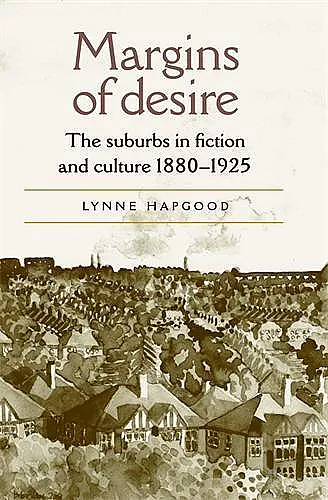Margins of Desire
The Suburbs in Fiction and Culture 1880–1925
Format:Paperback
Publisher:Manchester University Press
Published:1st Nov '09
Currently unavailable, and unfortunately no date known when it will be back

Margins of Desire' turns the critical spotlight on the London suburbs by showing how the expanding city created new literary locations, genres and themes between 1880 and 1925. Drawing on a wide range of writings, the book considers not only the fiction that identified the suburbs as significant but also the fiction that suburban dwellers, particularly women, wrote and read for themselves. Pervasive suburban themes included the loss of the rural, the rejection of the urban, the feminisation of culture and changing class identities. By engaging with modernity as represented by the suburbs, such writing was subversive of literary tradition and value, and signalled a shift towards the idea of the ordinary, the accessible and the harmonious. The suburbanisation of the literary imagination is addressed through studies of suburban and anti-suburban utopias by writers such as William Morris, E.M. Forster, Jerome K. Jerome and Arthur Conan Doyle; the imaginative terrain created by women writers in magazine and popular fiction, and representation of suburban realities from George Gissing's attacks on mediocrity to G.K. Chesterton's celebration of the ordinary. Lynne Hapgood's lively approach opens up a counter-culture to modernist metropolitanism and argues for a more inclusive understanding of the fiction of the period.
'This is of considerable contextual value to the Bennett scholar. Her analysis of Bullock's Robert Thorne (1907), the story of a clerk and his search for a proper identity, makes a fascinating coda to Bennet's A Man From the North. (1898) One of the joys of Hapgood's study is her ability to disturb his perceived tranquil sociological view of suburbia with a reasoned argument for seeing A Man From the North as a more savage text that George Gissing's New Grub Street.' John Shapcott
ISBN: 9780719059711
Dimensions: 216mm x 138mm x 15mm
Weight: 327g
272 pages